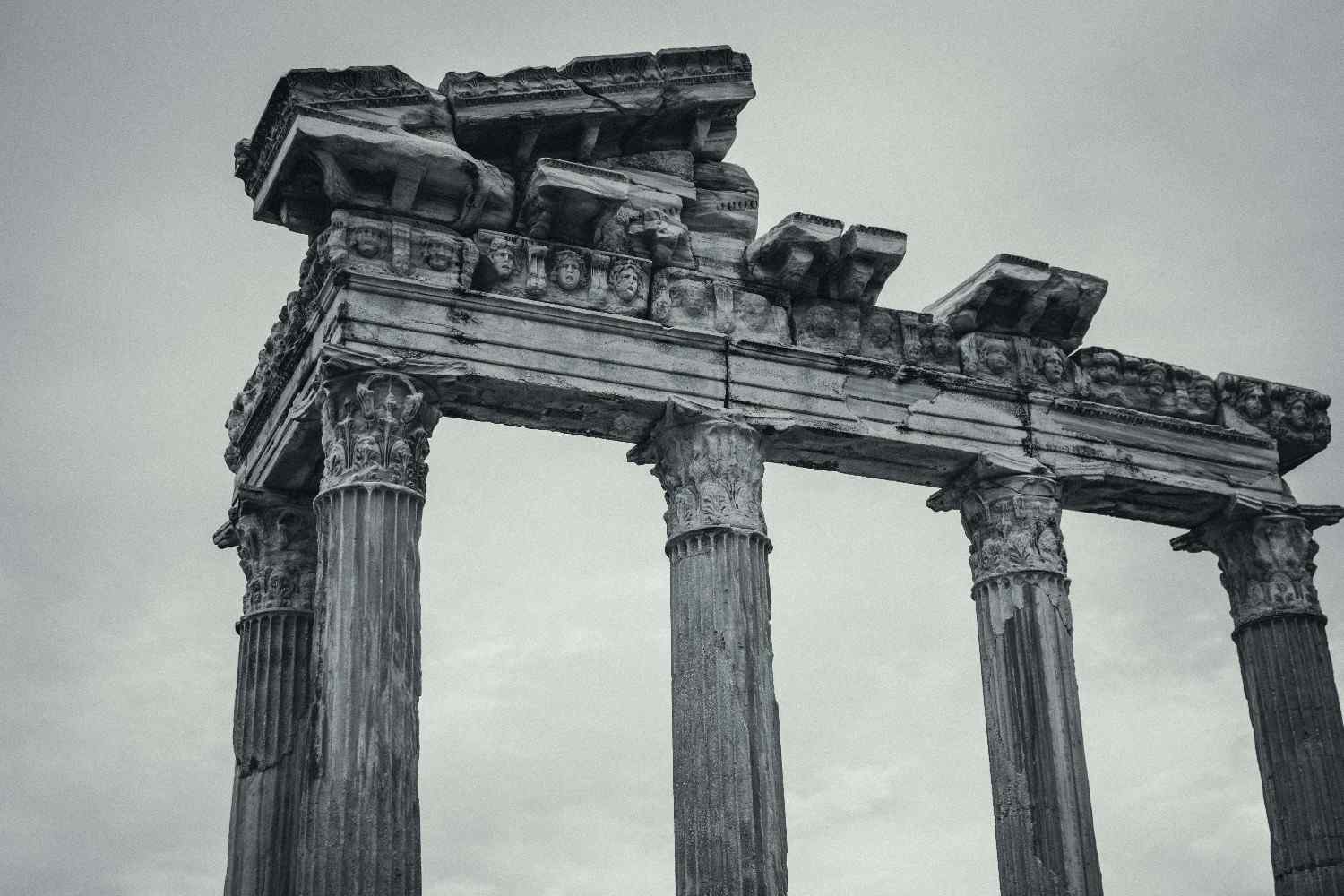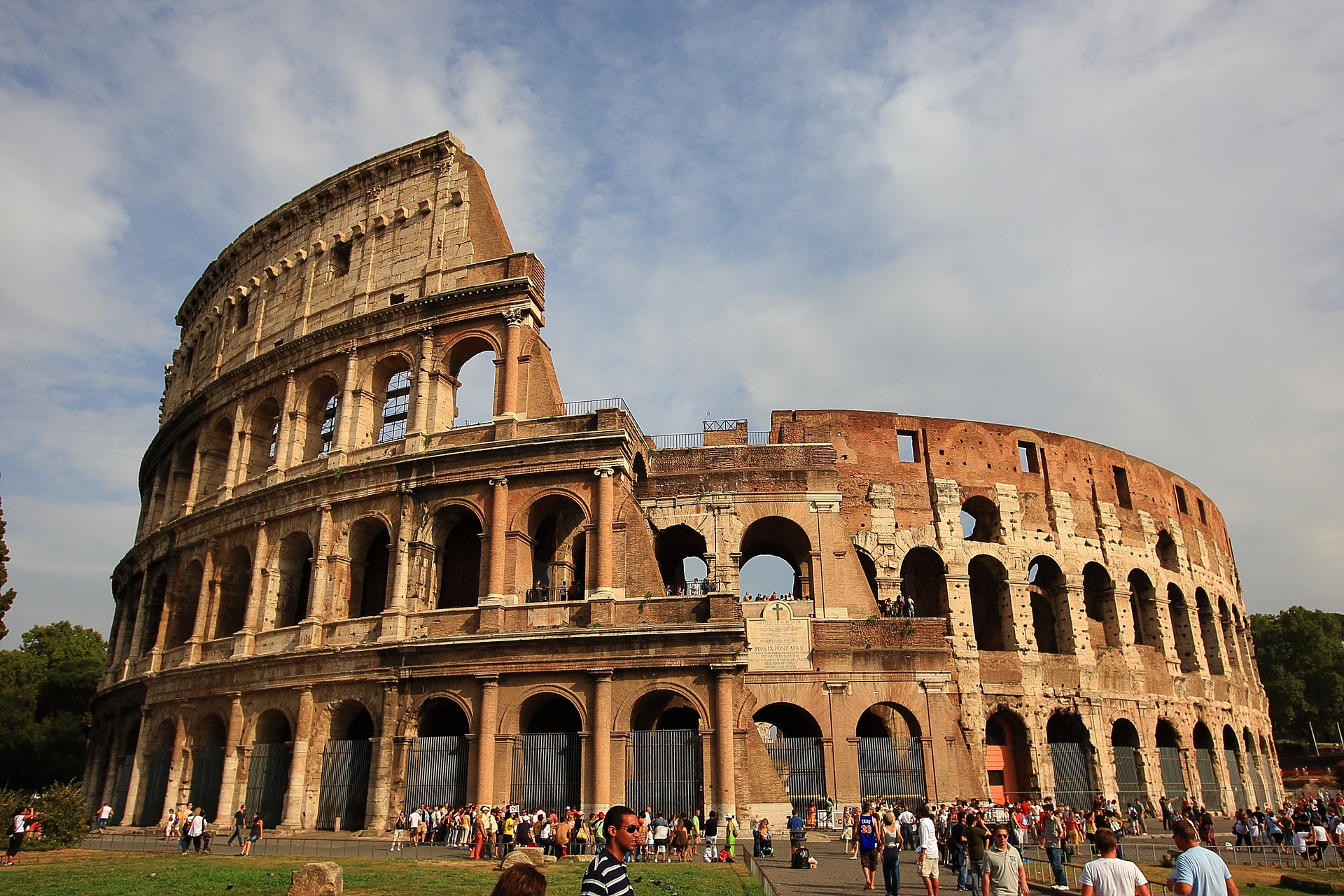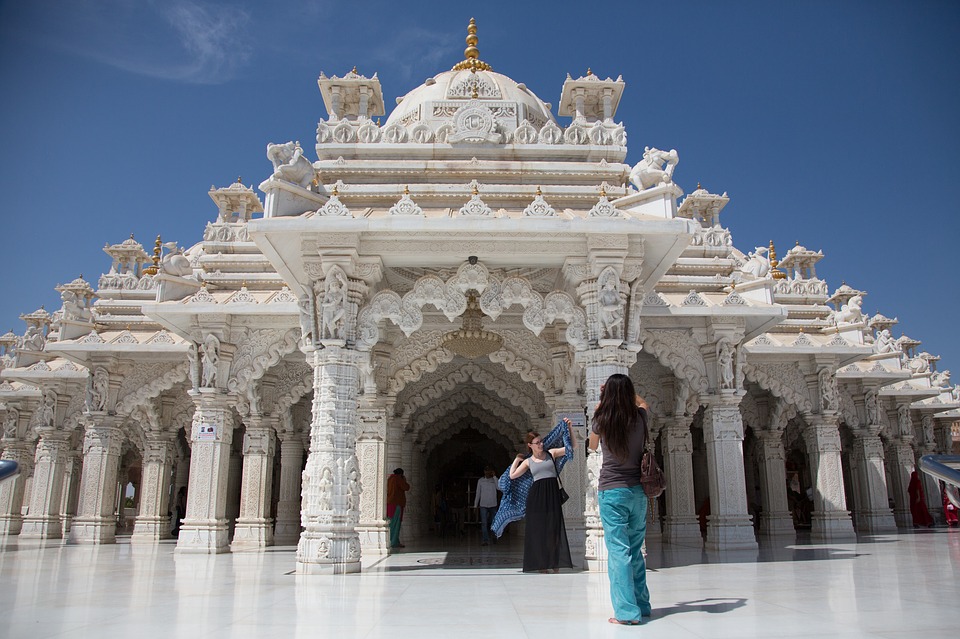I’ve been to Italy several times in the past half of a decade. And while the food and culture always keep me going back for more, on my last trip, I stumbled upon something so much more fascinating about this beautiful country.
I’m talking about the archaeological sites in Italy. Yes, the country is home to some major archaeological sites that are glimpses of the country’s rich history and heritage. Some of the most prominent sites include Herculaneum and Pompeii.
Also, other notable sites include:
- Ostia Antica, Rome’s ancient port.
- The Valley of the Temples.
- Roman Forum.
- Palatine Hill.
- Sassi di Matera.
Today, I’m going to talk about the archaeological sites of Italy and the immense beauty of the same.
Stay tuned.
What Are The Famous Archaeological Sites In Italy?
I have jotted down some of the most famous archaeological sites in Italy. You can choose any one of these, and you won’t be disappointed!
1. The Historic Ruins of Pompey
The ruins of the ancient city of Pompeii are one of the world’s wonders. These are buried under the ashes of Mount Vesuvius in 79.
Thanks to archaeologists’ excavations and reconstruction work, it’s possible to see what life was like in this Roman city before the devastating eruption.
When visiting Pompeii, you’ll be able to walk through its streets, homes, shops, and buildings just as they were back then.
Furthermore, you’ll also see the molds of people and animals who were buried by the great ash cloud. Without a doubt, it’s an unmatched experience that will fascinate you!
| 💡In 1997, the archaeological sites of Pompeii and Herculaneum were declared UNESCO World Heritage Sites. |
2. Archaeological Sites in Sicily
On the island of Sicily, you’ll find the Valley of the Temples in the city of Agrigento. This vast site features Greek-era temples, including those dedicated to
- Juno
- Hera
- Heracles
- Zeus
Another archaeological park in Sicily is Segesta, well known for its large Doric temple and Greek-origin theater.
Lastly, the Archaeological Park of Selinunte features numerous Eastern temples, the Acropolis, and the Sanctuary of Malophoros.
| 💡It was declared a UNESCO World Heritage Site in 1997. |
3. Archaeological Area of Paestum
Paestum is located in the province of Salerno, about two hours from Pompeii. Traveling there will amaze you, as you witness an incredible testament to ancient Greece on Italian soil.
Its three Doric temples have made Paestum one of the most visited destinations by international archaeologists. They are:
- The Temple of Neptune
- The Temple of Hera I
- The Temple of Ceres
4. Gigantic Graves Of Sardinia
I’m sure you’ve heard of this beautiful place before. But guess what? Sardinia offers more than just sun and sand, despite boasting some of Italy’s finest beaches.
The Nuragic civilization thrived here from around the 18th century B.C. to the 2nd century A.D.
They left behind important sites, including the “Giants’ Graves,” which are large tombs from the Bronze Age.
To date, only 321 of these have been found across the island. Of course, I won’t pressure you to see all of them, but make sure to visit at least one or two during your trip to Sardinia.
5. Matera’s Neolithic Caves
Matera is a stunning settlement in the southern Italian region of Basilicata. It is one of the oldest human settlements in Italy, dating back approximately 13,000 years, when
Paleolithic people carved homes out of rocks. Today, more than 3,000 years later, people still live in the Sassi di Matera.
Additionally, Matera features many other stone buildings. This includes its famous frescoed churches.
6. Val Camonica’s Ethereal Stone Carvings
If you are near Lake Como or Lake Garda in northern Italy, visit Val Camonica. It is one of the largest valleys in the Italian Alps.
This valley is home to medieval villages and impressive castles. Moreover, they showcase the largest collection of prehistoric stone carvings in Europe, comprising over 300,000 pieces.
The oldest carvings date back to approximately 8,000 B.C., during the Mesolithic period. This collection is so significant that it was Italy’s first UNESCO World Heritage site.
7. Rome’s Catacombs
Rome has over 60 catacombs that stretch for hundreds of kilometers under the city. These underground burial sites were constructed between the 2nd and 5th centuries.
Wanna know something interesting? These were the tombs of numerous Christian and Jewish individuals from ancient Rome.
Because Roman law prohibited burials within the city walls, these tunnels were dug outside the city, along major roads such as:
- The Via Appia
- The Via Tiburtina
- The Via Nomentana
Most of the remains have been removed, and only five catacombs are currently open to visitors.
One of them is the Catacombs of San Calixto. This has the tombs of 16 popes and around 50 Christian martyrs.
Some catacombs still display important early Christian art. For example, the Catacombs of Priscilla contain frescoes that might be the oldest images of the Virgin Mary.
What Are Some Tips for Visiting Archaeological Sites in Italy?
Now that I have planted the seeds of curiosity in your mind, I will also tell you how to reap the fruit properly!
Before you embark on this exciting adventure, it’s important to plan your route—this way, you’ll enjoy an organized trip and avoid setbacks.
Whether you visit one or several places, consider booking guided tours of the different sites.
Why is this necessary? Because they will help you to gain a deeper understanding of their history and the richness they still offer today.
It’s also advisable to find nearby accommodation at each site, such as Il Tesoro Pompeiano, a hotel in Pompeii, Italy, from where you can also explore the surrounding areas.
Also, you must never forget the Holy Trinity. What is that? Be sure to
- Wear comfortable shoes and clothing
- Stay hydrated by bringing water
- Use sunscreen or wear a hat
And of course, don’t forget your camera and your sense of adventure, and pack a snack
Ultimately, traveling to discover Italy’s archaeological sites is a fascinating way to experience Italy’s rich cultural heritage.
When you start learning about ancient civilizations, you can receive great cultural enrichment.
Whether in the ruins of Pompeii, the archaeological sites of Sicily, or the temples of Paestum, let yourself fall in love with this journey through time and enjoy all that a country like Italy has to offer.















